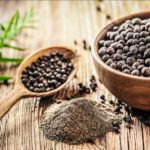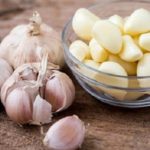You may associate alcohol with drinking during leisure activities, but did you know that cooking wine has many surprising uses in the kitchen? Discover its multiple functions and how to incorporate it into your cooking!
1. What is Cooking Wine?
 What is Cooking Wine?
What is Cooking Wine?
Cooking wine, also known as culinary wine, is an ingredient used during the cooking process to enhance the flavor and aroma of dishes. It also helps food cook faster, become tender, and eliminates unpleasant odors.
The type of cooking wine used depends on the cuisine and the dish being prepared. For example, white cooking wine is commonly used in European cuisine, while red cooking wine is often used in Asian dishes.
2. Benefits of Cooking Wine
Cooking wine offers numerous advantages in the kitchen, which can be categorized into three main groups: benefits during food preparation, cooking, and food preservation.
Benefits of Cooking Wine During Food Preparation
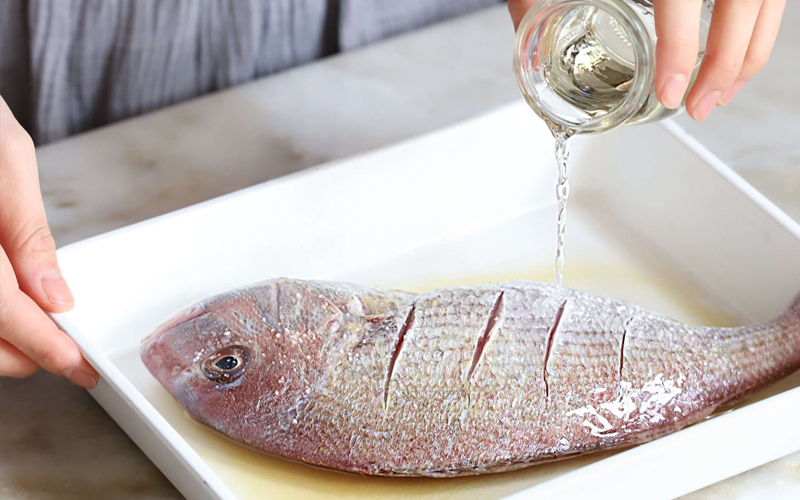
: To eliminate the fishy smell of seafood, soak the fish in cooking wine. The alcohol in the wine dissolves the amino acids that cause the fishy odor, and when heated, the alcohol evaporates, taking the unpleasant smell with it.
Disinfecting fruits and vegetables: Soaking produce in cooking wine instead of water can effectively remove bacteria and dirt. However, this method is not recommended for salads as it may alter the flavor.
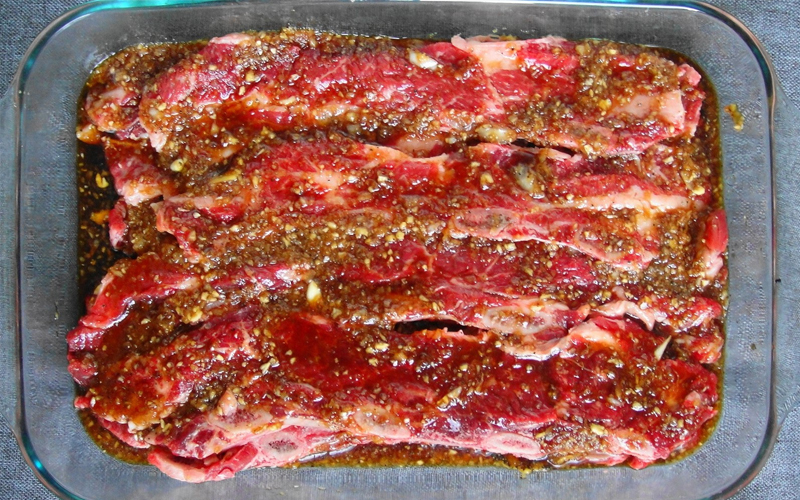
Marinating meat for enhanced flavor: Cooking wine can be used in meat marinades to create a delicious aroma when grilled. This is because alcohol reacts with free acids to form fragrant esters.
Easier feather removal from poultry: When plucking feathers from chickens or ducks, using cooking wine will make the process easier. The alcohol raises the body temperature of the bird, causing the pores to open and the feathers to loosen, making them easier to pluck.
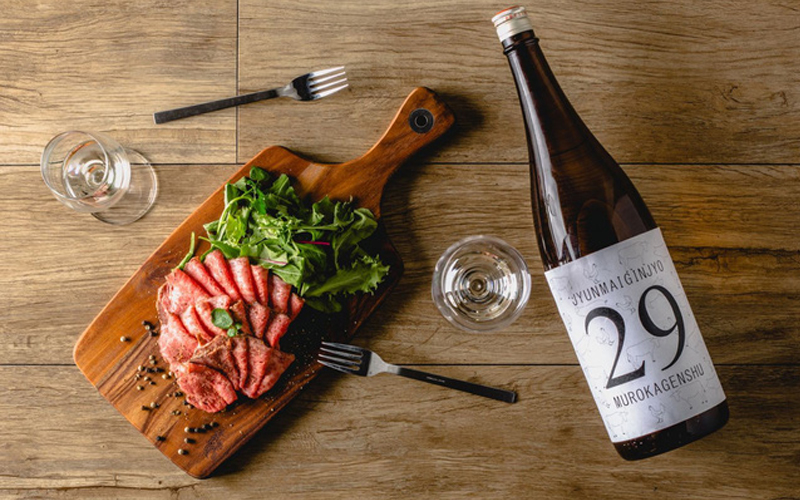
Tenderizing beef: Adding a few drops of red cooking wine to beef during preparation will help make the meat more tender. The acidity of the wine acts on the collagen in the beef, resulting in a softer texture.
Benefits of Cooking Wine During Cooking
Eliminating the odor of pork: White cooking wine is often used by chefs to reduce the unpleasant smell of pork during boiling. Just add a few drops of white cooking wine to the pot when the meat is almost done cooking.

Softening undercooked rice: Here’s a handy tip for your kitchen notebook! If your rice is undercooked, simply add a few spoons of cooking wine to the pot and cook for an additional 5-10 minutes for perfectly soft rice.
Reducing the sourness of dishes: While vinegar is commonly used to add a tangy flavor to dishes, if you’ve added too much, pour in some white cooking wine to balance it out. The wine will oxidize the vinegar into CO2 and H2O, reducing the sourness.
Benefits of Cooking Wine in Food Preservation
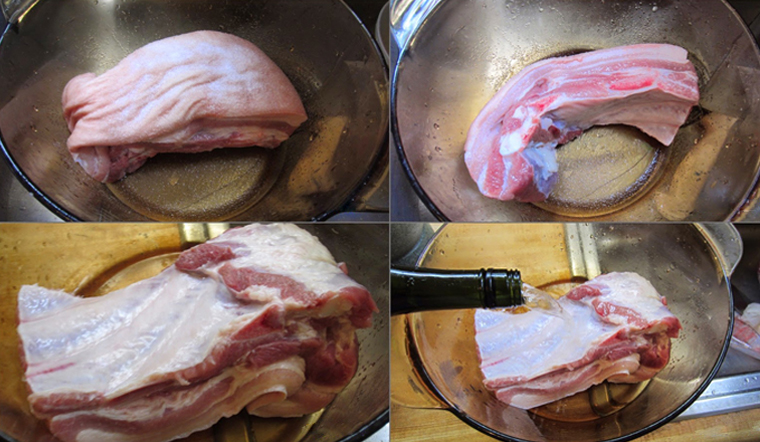
Preserving meat without refrigeration: In the event of a broken refrigerator, cooking wine can come to the rescue! After rinsing the meat, soak it in a bowl of white cooking wine, ensuring the wine covers the meat. Then, gently massage the meat to allow the wine to penetrate.
Place the meat in a cool, dry place, avoiding direct sunlight, and it can be safely stored for 2-3 days.
Preserving the freshness and color of chicken and duck meat: To maintain the nutritional value and color of poultry meat, marinate it in cooking wine and store it in the refrigerator.
3. How to Use Cooking Wine
To maximize the benefits of cooking wine, follow these guidelines:
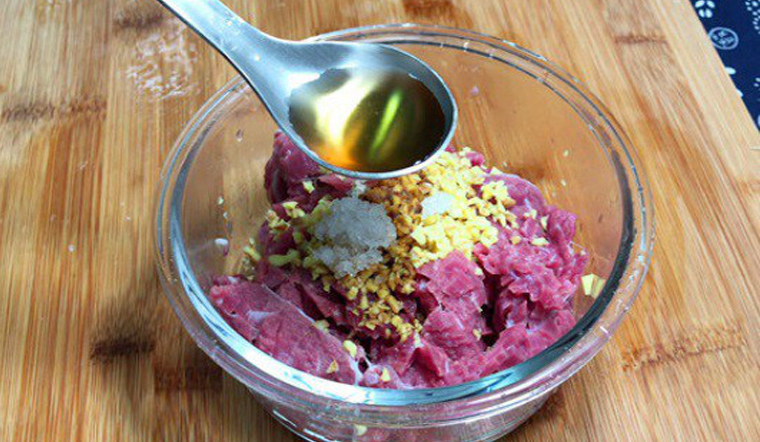
The amount of cooking wine added to a dish depends on various factors, including the type of cuisine, the quantity of food being prepared, and the desired intensity of flavor.
For marinating meat, a golden ratio to keep in mind is 1 tablespoon of cooking wine for every 1 kilogram of meat.
Avoid using cooking wine of unknown origin, low quality, or past its expiration date, as it may negatively impact the flavor and aroma of your dishes.
When marinating meat for grilling, aim for a minimum of 2 hours of marination time. For steamed or boiled dishes, cooking wine is typically added during the cooking process.
4. Types of Cooking Wine
Mirin
Mirin is a sweet Japanese rice wine commonly used in Japanese cuisine. It is produced by fermenting koji, glutinous rice, and alcohol for 40-60 days, which breaks down the starches into sugars. The mixture is then pressed to extract the liquid, and the resulting mirin is used for cooking.
Mirin typically has an alcohol content of 14% and is valued for its ability to enhance the flavor of dishes.
 Mirin
Mirin
Ryorishu
Ryorishu is another Japanese cooking wine made from rice, koji, yeast, and water. After fermentation, the mixture is pressed and filtered to obtain the clear liquid.
Ryorishu has a moderate alcohol content and is known for tenderizing and sweetening meat when used in cooking. It is an excellent choice for meat-based dishes.
 Ryorishu
Ryorishu
Wine
In European cuisine, wine is a staple ingredient, particularly in meat dishes. Red and white wines from Italy and other European countries add a slightly bitter, strong flavor and effectively eliminate meat odors.
Wine is produced by fermenting and pressing grapes, and due to its high odor-eliminating capacity, it is commonly used with meats like lamb and beef.
 Wine
Wine
Mai Quế Lộ Wine
Mai Quế Lộ wine originates from China and is made from rice, rose, rock sugar, and spices such as star anise, cinnamon, and cardamom. It imparts a unique and delightful aroma to dishes.
This wine is commonly used in grilled dishes, salted duck eggs, and mooncakes to enhance their flavor and visual appeal.
 Mai Quế Lộ Wine
Mai Quế Lộ Wine
Cooking wine is a versatile ingredient for modern cooks. We hope that this information has helped you understand the different types of cooking wine and how to use them effectively in your kitchen creations.
Don’t rush to pour cold water into boiling shrimp, use this water to make the shrimp red, rich in flavor, and not fishy
There are many ways to boil shrimp, but to truly showcase your culinary skills, you must consider the secret of adding this readily available spice to create a more flavorful and enticing boiled shrimp dish.


























